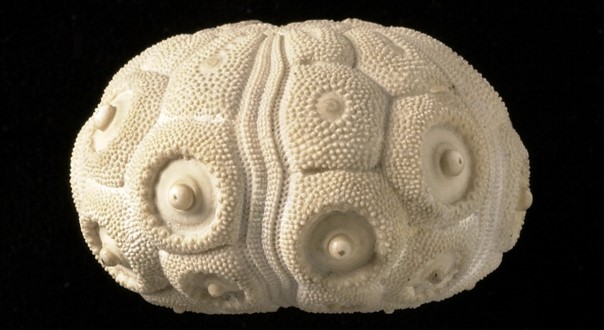Deciphering the Cambrian explosion of echinoderms
September 2024 – August 2027
The University of Reading has funded a three-year PhD Studentship to support innovative collaborative research between the University and the Natural History Museum in the Natural Sciences.
Lucy Jackson began the project, developed and supervised by Imran Rahman, Tim Ewin (NHM), Andrew Meade and Chris Venditti (UoR), and Frankie Dunn (Museum of Natural History, Oxford), in September 2024.
The Cambrian explosion was a pivotal episode in the history of life. Diverse and distinctive animals appear in the fossil record across this interval, with nearly all the major groups of living animals making their first appearances by the end of the period. It is widely agreed that rapid evolutionary change occurred during the Cambrian (~539 to 485 million years ago), but the pace and duration of this diversification event remain unclear. Moreover, the causes of the Cambrian explosion are debated, with a range of developmental genetic, ecological and environmental factors invoked as potential drivers of the evolutionary radiation of animals.
Addressing these uncertainties relies on the fossil record, which provides the only direct source of information on the vast majority of species that once lived but are now extinct. Echinoderms (e.g. starfish and sea urchins) are an ideal group with which to investigate the tempo and mode of the Cambrian explosion because they have a rich Cambrian fossil record, including several morphologically distinct body plans. However, the phylogenetic relationships of different groups of fossil echinoderms are contested and, as a result, key questions related to echinoderm evolution during the Cambrian explosion remain unanswered.
To address this, the student will use X-ray microtomography and new deep learning tools to characterise the three-dimensional morphology of key fossil taxa, including undescribed specimens from the Natural History Museum’s collections. This will form the basis for constructing a character matrix of extant and extinct echinoderms, incorporating morphological and molecular data, which will be analysed with state-of-the-art phylogenetic methods. The resulting phylogeny will be used to quantitatively investigate the rate and sequence of evolutionary change in Cambrian echinoderms. In addition, an extensive dataset characterizing the ecological and environmental parameters of early echinoderms will be assembled and interrogated to assess the possible causes of the Cambrian radiation of echinoderms. Ultimately, this will help uncover the pattern and process of the Cambrian explosion of animals more widely.

